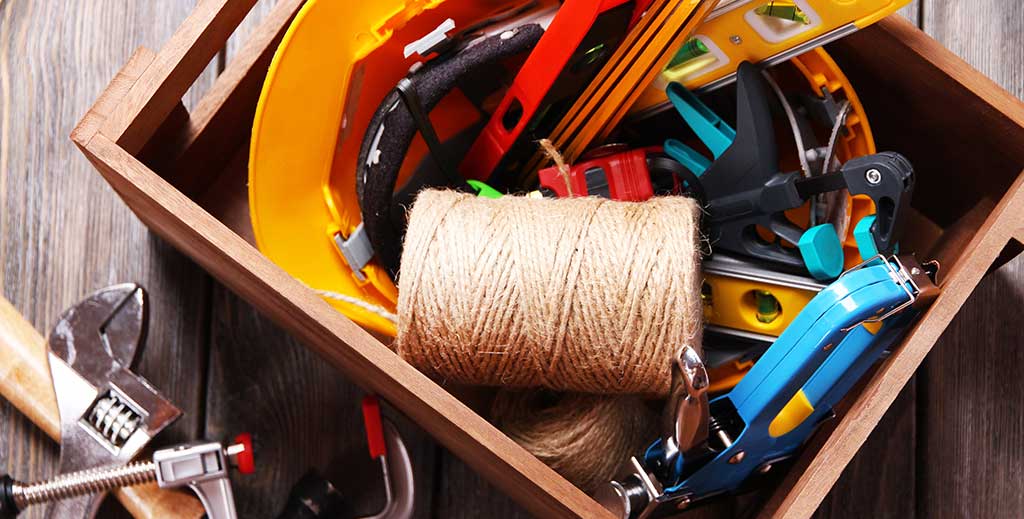

TOOLBOX TALK: “SAFE WORK ZONES”
It is important to establish a safe work zone around every job.
Each time we step into certain work areas, we are exposed to nearby hazards.
These may include high voltage, high-pressure air, rotating machinery, flammable liquids, chemicals, explosive gases and energized equipment.
In addition to these potentially deadly hazards, we are also subjected to many perils, which, while they may not always be life threatening, have the capacity for serious injury.
Such dangers come from low voltage electricity, falling objects, contaminants, noise, heat or cold, and the possibility of falling from higher levels.
The first step in the process of setting up a safe work zone is planning. It is of the utmost importance that we take the time to identify those hazards which pose a threat to our health and safety.
There is no room for complacency when it comes to safety.
It is not good enough to assume that conditions are the same now, as they were a month ago or a week ago or even a day ago.
We must be ever mindful that conditions change with time and circumstance and that new and unforeseen hazards can crop up at any time.
Therefore, the safest way to identify the real hazards is by inspection of the work area – a simple walk-through.
The few minutes we take to perform this task could save a life later on.
After the hazards have been identified, we should then set about to eliminate them or at least control those, which we cannot eliminate.
There is much we can do to achieve this end. We must use all the protective measures at our disposal to ensure that our safety and the safety of others is not endangered.
First and foremost, we must isolate, de-energize and lock out the equipment we are working on.
Then we must tag the lockout points to remind others that they are being used for someone’s safety. These are the basic first steps.
But as the danger levels increase, we must go farther than that.
We must cordon off our work zones, place warning signs, post guards, deploy special tools and equipment, wear personal protective clothing and take all other measures necessary to safely do the job.
Finally, we must communicate. It is important that every member of the work group be informed.
A good method to ensure that this is done is through our pre-job briefings.
Take the time to let everyone know what the job involves and the plan of action to accomplish the task.
Discuss what special tools, equipment and protective clothing must be used: limits of approach to adjacent live equipment – and whom to contact should anything go wrong.
Then, as a final precautionary measure, have someone who is thoroughly familiar with the job walk through the isolated work zone and point out all the potential dangers to the entire work group.
The work zone can be full of potential hazards to safety and health. Take every precaution to make your work zone a safety zone.
“Behavior is a mirror in which everyone displays his own image” ~ Johann Wolfgang von Goethe
Thanks, TO
"Results! Why man, I have gotten a lot of results. I know several thousand things…
Toolbox Talk: Indiscriminating Gravity Have you ever wondered how electricity works and how it always…
Death of Mine Electrician- Story by WSAZ3 News By Grace Koennecke Published: Aug. 26, 2025…
Fatal Explosion at US Steel's Plant The fortunes of steelmaking in the U.S. have been…
Toolbox Talk: “IS IT CARELESSNESS OR IS IT THAT I REALLY DON’T CARE” ?????? Have…
This website uses cookies.